Phlebotomy
-
- May 18, 2025 5
Which programs are needed when starting a Phlebotomy education program?
Starting a phlebotomy education program requires a mix of clinical, instructional, and administrative supplies to ensure students can learn both theory and hands-on techniques safely and effectively. Here's a categorized list of essential products you'll likely need:
Clinical Supplies (Hands-on Practice)
These are the tools students use to practice blood collection and related techniques.
- Vacutainer blood collection sets (needles, holders, tubes)
- Butterfly needle sets (for small or difficult veins)
- Tourniquets (disposable and/or reusable; latex-free available)
- Alcohol prep pads and antiseptic wipes
- Gauze pads and bandages
- Sharps containers (OSHA-compliant)
- Gloves (non-sterile, various sizes)
- Lancets (for capillary blood sampling)
- IV training arms/manikins (for practice draws)
- Simulated blood
- Biohazard disposal bins and bags
Lab & Simulation MaterialsUsed for mock lab settings and blood analysis simulations.
- Vacuum
-
- May 13, 2025 6
What are the best types of simulated blood to use in medical simulation?
In medical simulation, choosing the right type of simulated blood depends on the training objectives (e.g. realism, cleanliness, cost, or compatibility with equipment). Here are the best types commonly used, along with their pros and cons:
1. Commercially Available Medical Simulation BloodExamples: Pocket Nurse®, Nasco Life/form®, or Laerdal products.
Pros: Highly realistic in color, viscosity, and staining properties. Safe for manikins and task trainers.
Cons: Cost; limited shelf life once opened.
2. DIY (Homemade) Simulated BloodIngredients: Water, corn syrup, food coloring (red/blue/yellow), chocolate syrup, and dish soap.
Pros: Cheap, customizable viscosity and color.
Cons: Can stain skin, clothes, and equipment; may damage manikins if not properly cleaned; must be disposed of after use or can become an infection control risk.
3. Theatrical Blood (Stage/Film Blood)Brands: Mehron, Ben Nye, Kryolan.
Pros:

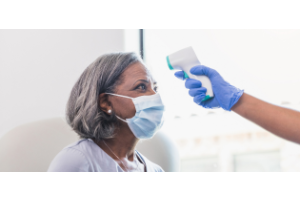
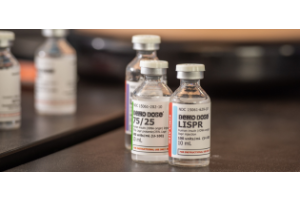


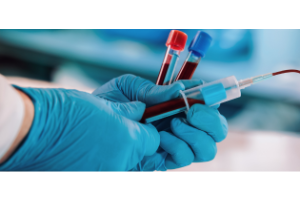
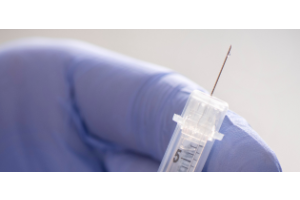
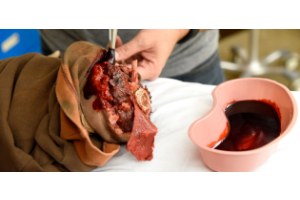
Validate your login
Log In
Create New Account